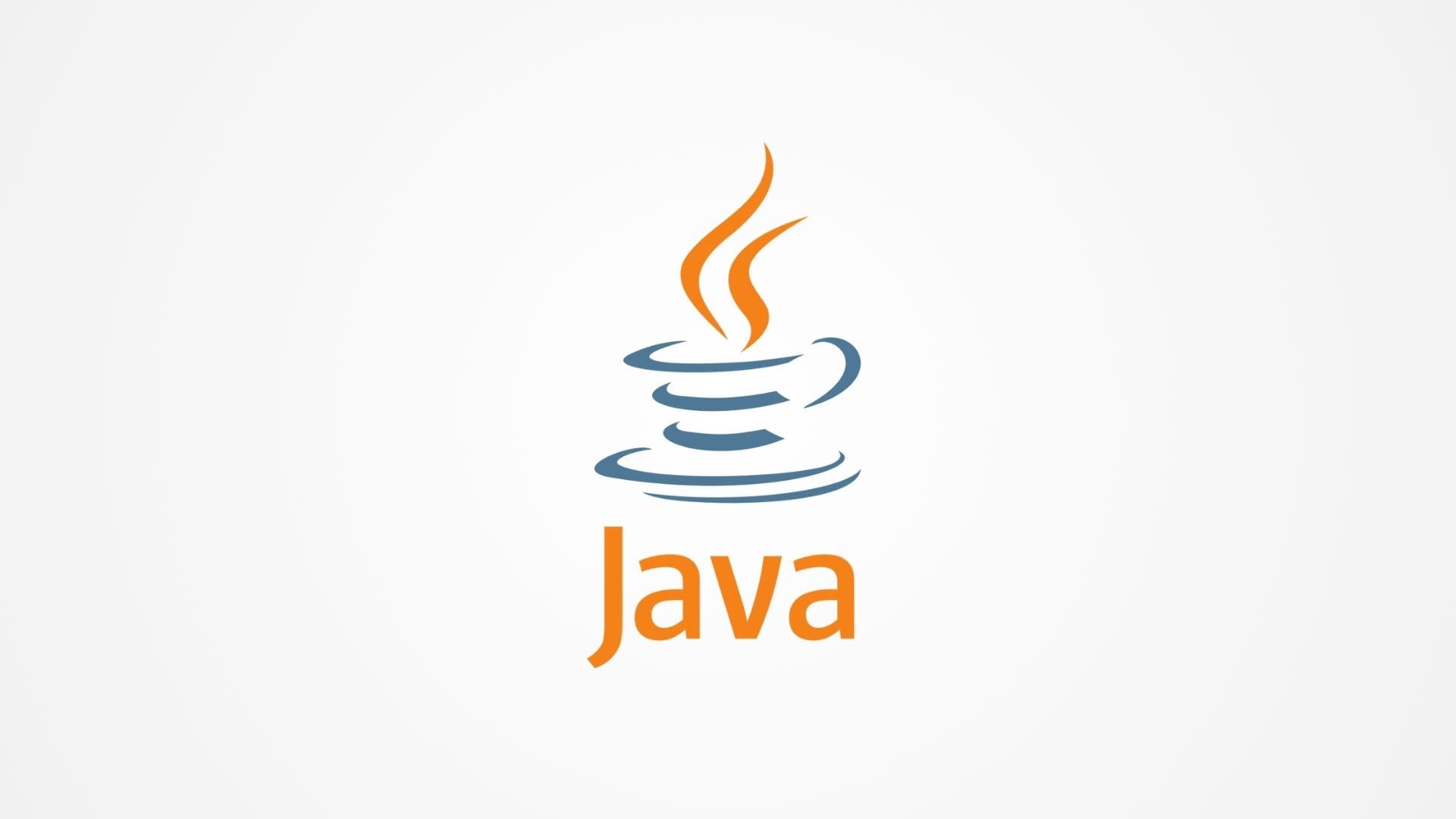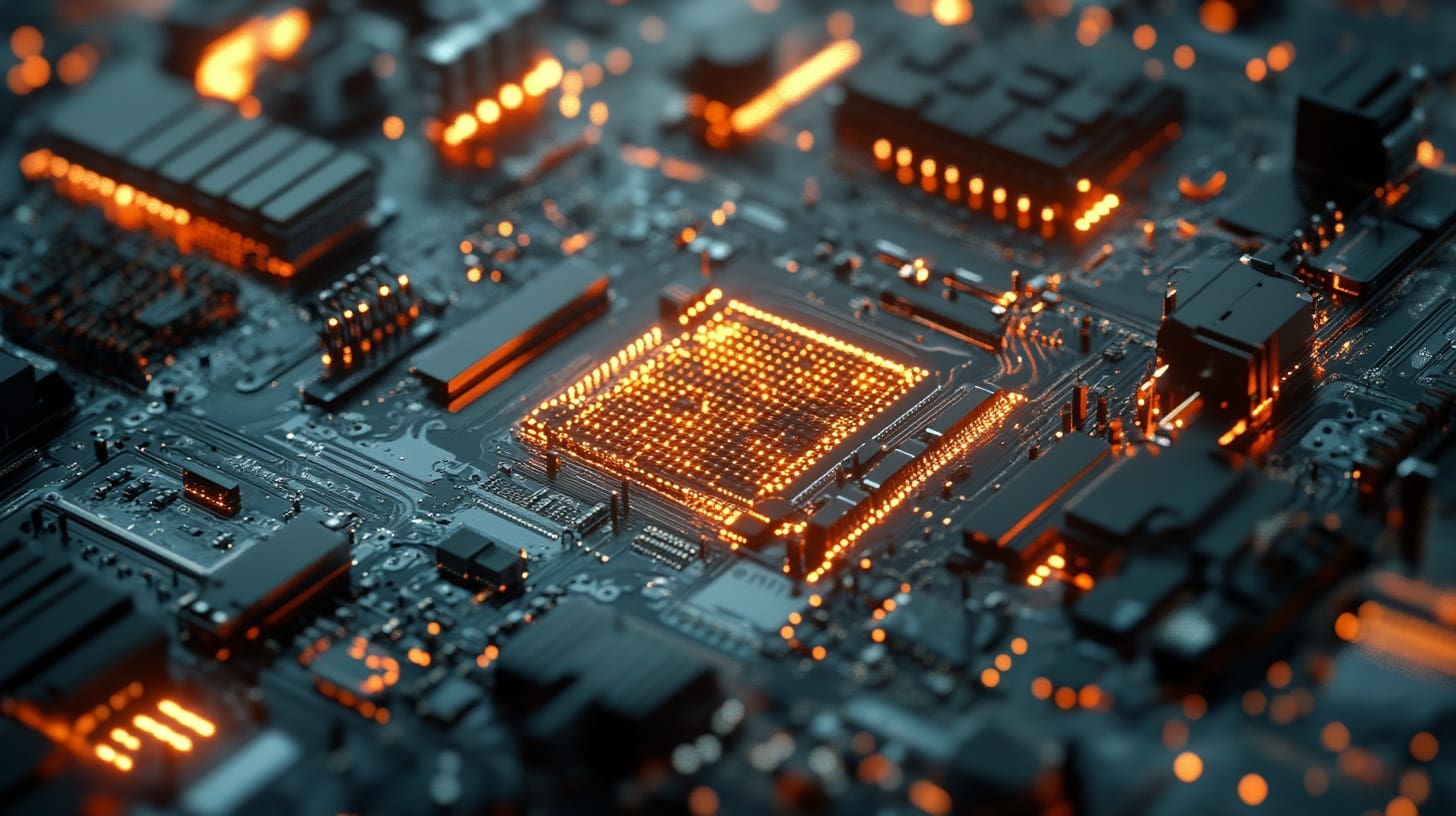The curing or solidification chamber is an essential component in various 3D printing technologies, particularly in those involving photopolymers and thermoset plastics, such as Stereolithography (SLA) and Digital Light Processing (DLP), as well as in metal sintering processes like Direct Metal Laser Sintering (DMLS). This chamber is designed to ensure that the materials used in printing undergo proper curing or sintering, crucial for achieving the desired mechanical strength and dimensional stability. This article explores the importance, functionality, and maintenance of the curing or solidification chamber in enhancing the overall quality and performance of 3D-printed products.
Importance of the Curing or Solidification Chamber in 3D Printing
Ensuring Material Properties: The chamber provides a controlled environment where the material properties such as hardness, tensile strength, and temperature resistance are developed. Proper curing or sintering is essential for the material to meet specified standards and perform as expected in its final application.
Improving Structural Integrity: Uniform heat and light distribution within the chamber ensure that each part of the object cures or sinters evenly, reducing the risk of weak spots that could lead to part failure under stress.
Enhancing Surface Finish: Controlled solidification helps in achieving a smoother surface finish, reducing the need for extensive post-processing and improving the aesthetic qualities of the final product.
Increasing Manufacturing Efficiency: By optimizing the curing or sintering process, the chamber helps in speeding up production cycles, thereby increasing throughput and reducing energy consumption.
Components of the Curing or Solidification Chamber in 3D Printers
Heating Elements or UV Light Sources: These are used to provide the necessary energy for curing or sintering. In photopolymer applications, UV lights are used to cure resins, while heating elements are employed in metal sintering to fuse particles together.
Temperature and Light Control Systems: These systems regulate the environment within the chamber to ensure it remains within the optimal range for the specific material being processed. This might include maintaining consistent temperature, humidity, and light intensity.
Insulation and Sealing: Proper insulation and sealing are crucial to prevent heat or light escape, ensuring efficient use of energy and maintaining the chamber’s internal conditions.
Ventilation Systems: These are important for removing any gases or vapors produced during the curing or sintering process, which could otherwise affect the quality of the print or pose health risks.
Safety Features: Due to the high temperatures and potentially harmful light used within the chamber, safety features such as auto-shutoff mechanisms, heat-resistant viewing windows, and emergency stops are critical.
Installation and Calibration of the Curing or Solidification Chamber
Proper Installation: Ensuring that the chamber is correctly assembled and all components are securely fitted and functioning is crucial. This includes checking that the insulation and seals are intact to prevent energy loss.
Calibration: Regular calibration of temperature and light controls is necessary to maintain accuracy over time. This ensures that the chamber consistently meets the processing requirements of different materials.
Testing: Before being put into regular use, the chamber should be tested under various operating conditions to validate its performance. This includes checking for uniform temperature or light distribution and verifying safety systems.
Maintenance and Optimization of the Curing or Solidification Chamber
Regular Cleaning: Keeping the chamber clean from residues and contaminants is essential for maintaining its functionality and preventing any interference with the curing or sintering processes.
Component Inspections: Regular inspections of heating elements, UV lights, and other critical components can help detect wear or degradation early, preventing failures during operation.
Updating Control Software: Keeping software up-to-date can enhance the chamber’s functionality, introducing more efficient energy use patterns and better material handling capabilities.
Environment Monitoring: Continuously monitoring the operating environment within the chamber can help identify any deviations from optimal conditions, allowing for adjustments to be made before they impact product quality.
Challenges and Solutions
Energy Efficiency: Managing the energy consumption of the chamber, especially at high temperatures or intense light settings, can be challenging. Using energy-efficient components and optimizing cycle times can help reduce costs.
Material Specificity: Different materials require different curing or sintering conditions. Developing and implementing material-specific profiles in the chamber’s control system can ensure that each material is processed under its ideal conditions.
Thermal and Light Distribution: Achieving uniform temperature and light distribution within the chamber is essential for quality assurance. This may require advanced design strategies, such as the use of baffles or diffusers, to manage airflow and light spread effectively.
The curing or solidification chamber is a vital component of 3D printing infrastructure, playing a key role in ensuring that printed products meet the required standards for quality, durability, and performance. Effective management and meticulous maintenance of this chamber are crucial for maximizing the capabilities of 3D printing technologies and ensuring the production of high-quality, reliable, and efficient outputs. By understanding and optimizing the function and maintenance of the curing or solidification chamber, manufacturers can achieve improved operational reliability and enhanced print quality, fully leveraging their 3D printing technology.








